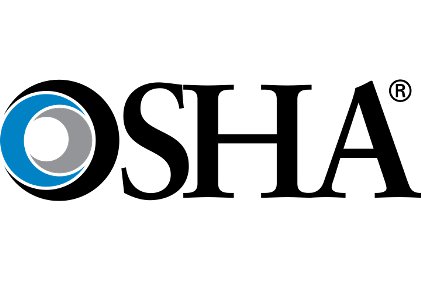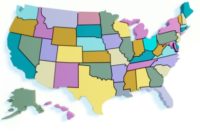 In a report released Friday (pdf), the Government Accountability Office (GAO) found that some of the state-run occupational safety and health programs have failed to meet minimum workplace safety inspection goals because of state budget cuts, reduced staffing, and policies that limit their ability to retain safety and health inspectors.
In a report released Friday (pdf), the Government Accountability Office (GAO) found that some of the state-run occupational safety and health programs have failed to meet minimum workplace safety inspection goals because of state budget cuts, reduced staffing, and policies that limit their ability to retain safety and health inspectors.
Under the Occupational Safety and Health Act, a state is allowed to run its own workplace health and safety program if the state’s program is at least as effective as federal OSHA. Today, 21 states and Puerto Rico run their own state programs for private employers.
Many states not meeting minimum standards
“In exchange for federal funding of up to half their costs, federal law sets minimum standards for states to inspect workplaces and investigate fatalities and complaints of unsafe practices. It’s concerning that GAO found that too many states aren’t living up to the end of their bargain,” said Rep. George Miller (D-Calif.), the senior Democratic member of the House Education and the Workforce Committee, who released the report.
GAO recommended that Congress pass a law to give federal OSHA authority to more quickly step in and enforce safety and health standards when state worker safety programs are faltering. Representative Miller included such language in the Protecting America’s Workers Act, which was introduced recently with Rep. Joe Courtney (D-CT) and Dina Titus (D-NV). This provision allows OSHA to assert concurrent enforcement authority when it finds, following an opportunity for a hearing, that a state is failing to comply substantially with OSHA’s requirements for that state plan.
“GAO has found that, due to funding shortfalls and an inability of states to compete with private industry for talented workers, some state plans are failing to adequately inspect American workplaces,” said Rep. Joe Courtney (D-CT), the ranking member of the Workforce Protections Subcommittee. “As a result, these states are falling short in their mission to protect workers. Congress needs to ensure that state plans are provided an increase in funding, rather than the deep freeze they have been in for the past few years, so that states have the tools they need to succeed.”
GAO found that the lack of resources resulted in hiring freezes, furloughs, low pay, and across the board salary reductions, leading to high turnover and staffing shortages in vital workplace safety agencies. In fact, some states have returned federal matching funds because they could not find state funding to meet the match.
GAO also found that retaining inspectors is difficult, because once state inspectors are trained, they often leave for higher paying positions in the private sector or federal government.
Staff shortages take a toll
GAO focused on the following states:
Nevada: In 2010, the governor imposed a hiring freeze, and reduced or eliminated state employee pay increases. In July 2011, Nevada’s legislature imposed a 2.5 percent wage reduction for all state employees and the state could only conducted 1,254 inspections—59 percent of its goal. GAO reported that some applicants turned down employment interviews with the OSHA program after learning the starting salary was only $35, 997. All of this occurred after a 2009 Education and Labor Committee hearing on 25 construction fatalities over an 18 month period on the Las Vegas strip, where Nevada OSHA promised to seek salary increases in order to reduce its high turnover rate that had led to inadequately trained construction inspectors.
Arizona has only conducted 913 of its 1400 inspections in 2011 due to staffing shortages.
California, Michigan and New Mexico have instituted hiring freezes, preventing these state OSHA programs from filling vacancies. Kentucky and Tennessee imposed furloughs.
Portions of Hawaii’s state program were voluntarily surrendered to federal OSHA in 2012, following a 50 percent cut to the Hawaii OSHA budget.
In Utah, OSHA sought to raise inspector salaries, but state government would not approve the request.
In Alaska, higher salaries offered by oil companies in Alaska have reduced staffing levels in Alaska’s OSHA program by 54 percent.
Learn more about the Protecting America’s Workers Act.





